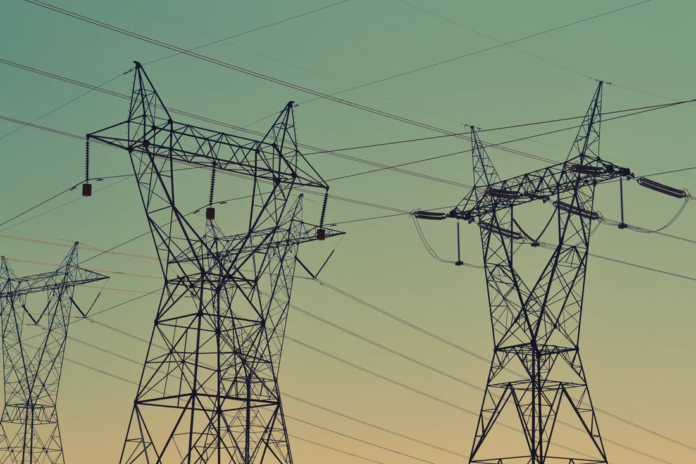Power quality and energy use monitoring may not be part of your facility’s overall schedule for several reasons. Adding one more thing to your current list of maintenance tasks may seem impossible, but it is possible and necessary. It can be difficult to find the time and resources to keep your machinery running smoothly and take stock of your current monitoring activities.
Here are the basics and benefits of implementing it and energy monitoring:
Why Should I Care about the Quality of Power and Energy?
Energy and power are connected, so you can’t effectively manage your property without keeping track of energy usage and solving the quality problems because it’s hard to manage what you can’t measure. Many companies keep an eye on the cost of oil and gas, but smart companies also keep track of the quality of their power and energy usage.
By monitoring energy and the quality of the power, you can get a sense of your plant’s rhythm and avoid flying blind and constantly putting out fires. You can use this knowledge to keep your plant running smoothly and efficiently.
Difference between Energy and Power
Energy and power are often used interchangeably, but are not the same thing. Energy is the ability to do work, while power is the rate at which work is done.
When you measure power, it is usually to determine the quality of the power, which can be affected by:
- Human factors
- Operational factors
- Time
Quantity and Quality
When you need to measure quantity, you measure the voltage, current, power, and power factor. To find out if you can safely add more machines to your workspace, you would do a load study. Characteristics such as harmonic filter; dips and swells; transients; flicker; and unbalance are associated with quality.
Quality improvement actions, like troubleshooting and detecting recurring issues, can help avoid utility penalties by improving your power factor. If your power factor is poor, it means you’re not using your power as efficiently as possible and are putting extra strain on the utility grid. The utility company will charge you for the entire billing period.
The quality of the power issues is increasing in frequency, and LEDs are often the culprit. Energy-saving efforts are causing some problems. Circuit breaker trips, blown fuses, and overheating can all affect your facility’s power health of your machinery. Considering what monitoring tools to have on hand, you will want to decide what you want the monitoring tool to do.
Causes of Energy Waste
There are several potential causes of energy waste, such as inefficient processes or equipment, incorrect operating loads, and poor quality of power. In particular, there are tools available that can help you assess the electrical power usage of an aging motor, or measure the torque and efficiency of a motor to ensure it is properly sized according to NEMA rating guidelines.
Power Quality Issues
The most effective way to improve the quality of power is to fix any Harmonization problems by use of a harmonic filter. Poor quality of power can have many causes, including nonlinear loads such as LED light bulbs, motor drives, and electric arc furnaces.
Harmonics in power systems can cause overheating of equipment, wires, and cables, misfiring of variable-speed drives, and other problems. Harmonics can cause your power factor to decrease, which may result in a higher utility bill. If you have an imbalanced load of electricity this can also cause problems with the quality of power.
Where to Take Power Measurements
There are a variety of locations within a facility where the quality of power and energy can be measured. These are the three main subsystems that can be analyzed:
- Product process systems
- Building infrastructure
- Electrical systems
You’ll need to take measurements of three-phase electrical power in different places depending on your understanding of the problem.





